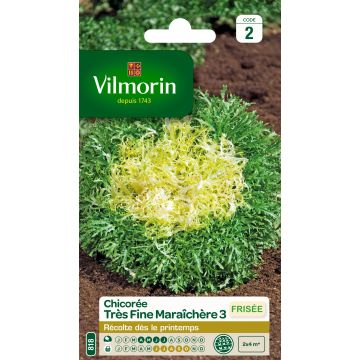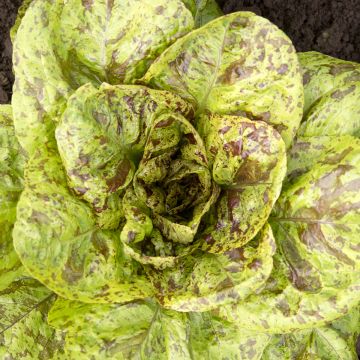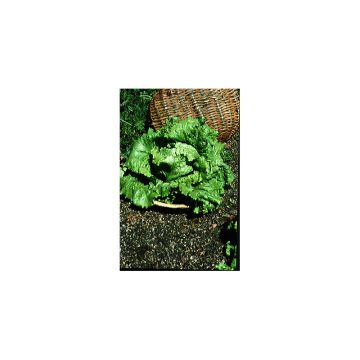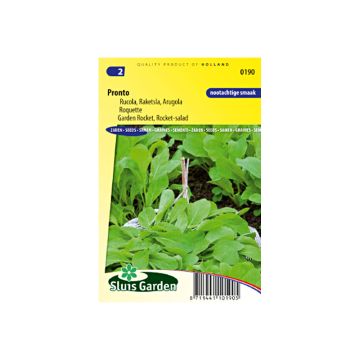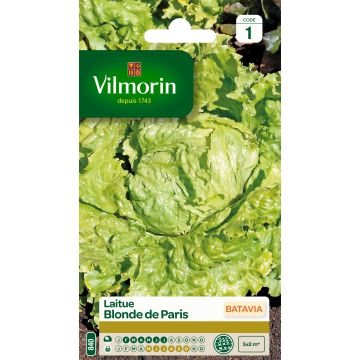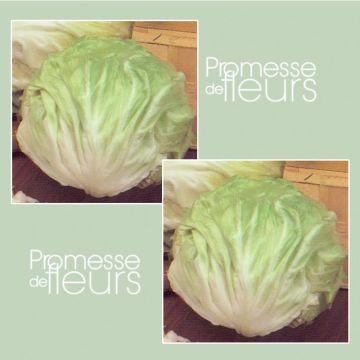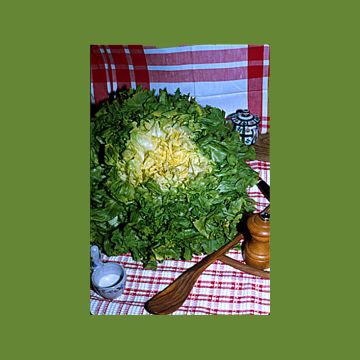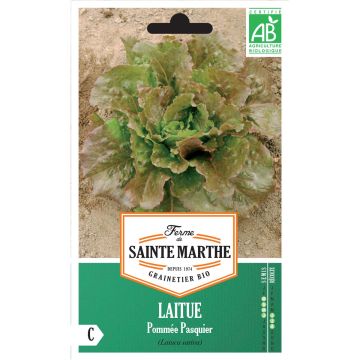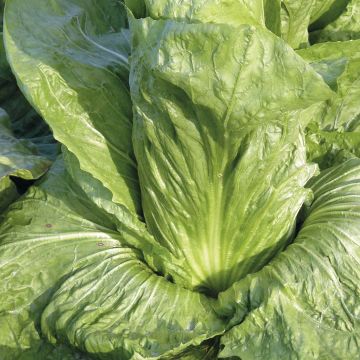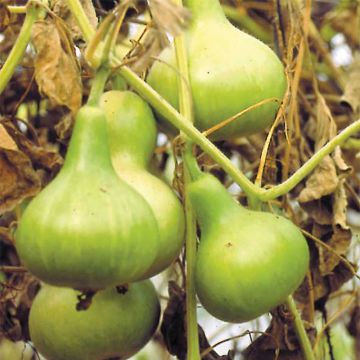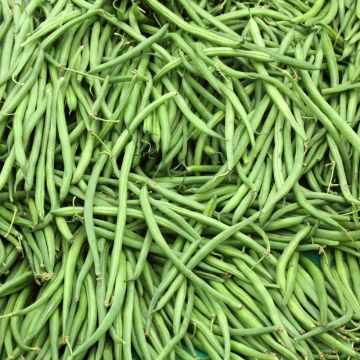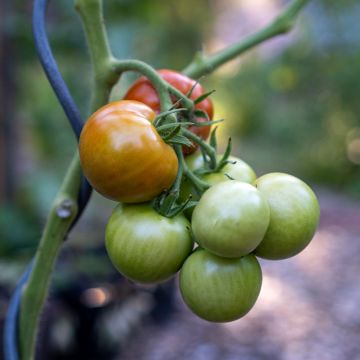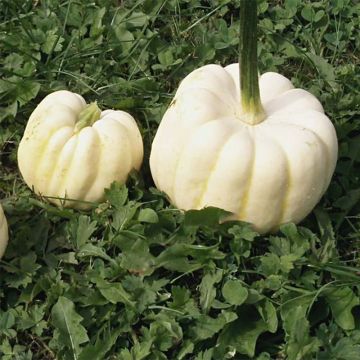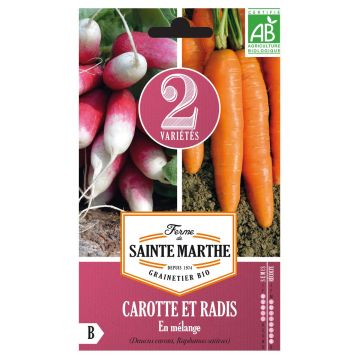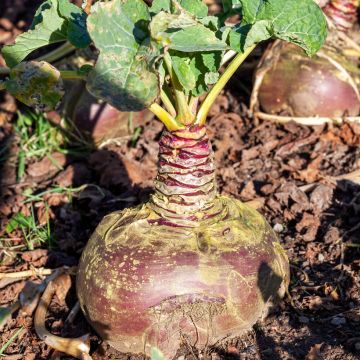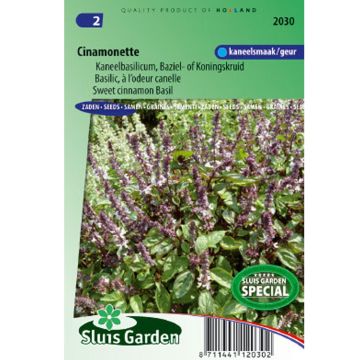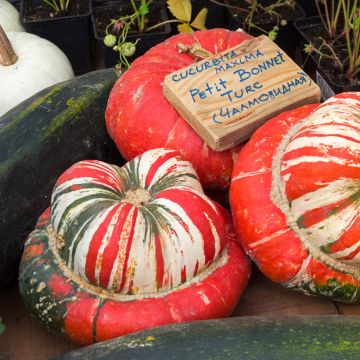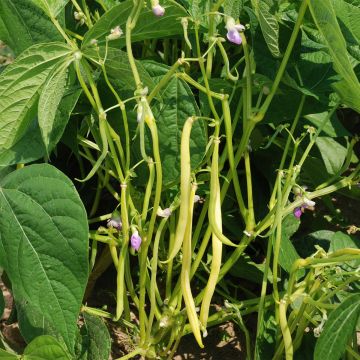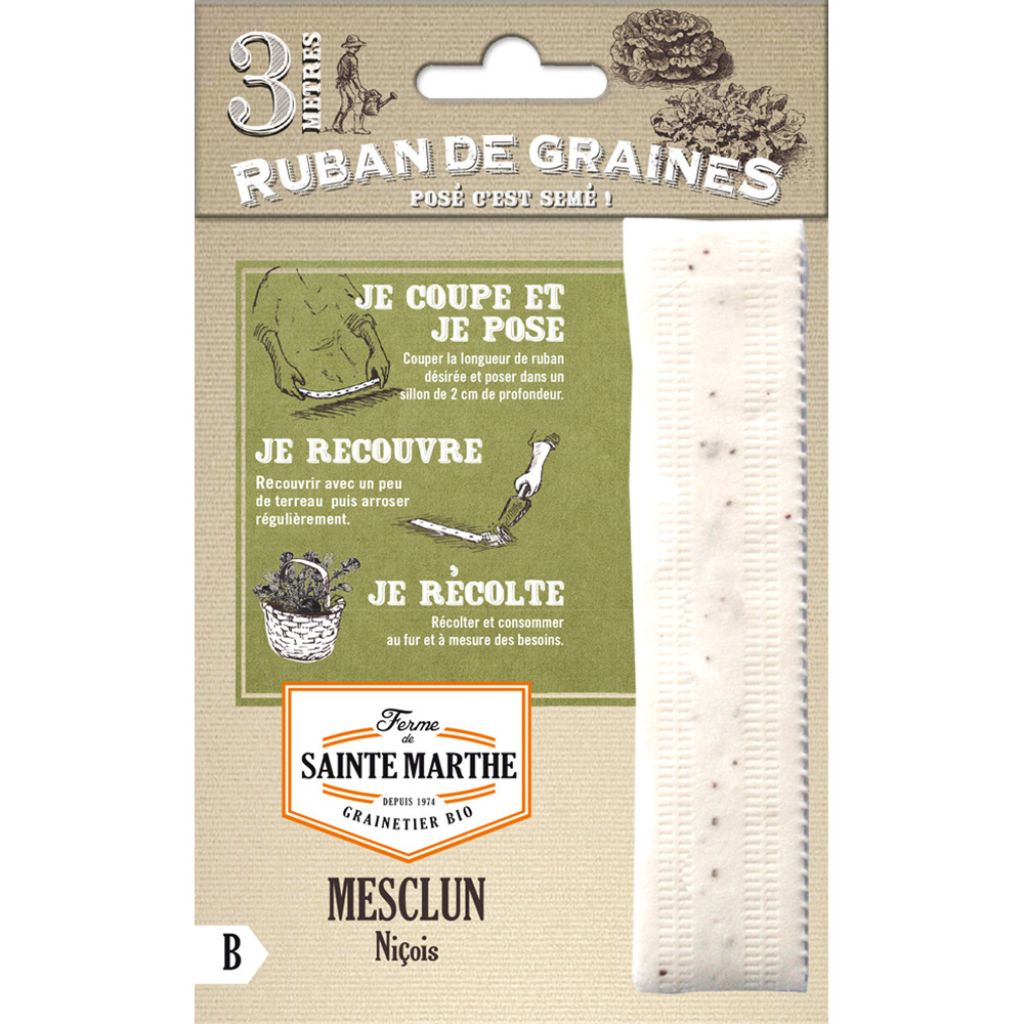

Carte ruban de Mesclun niçois Bio - Ferme de Sainte Marthe
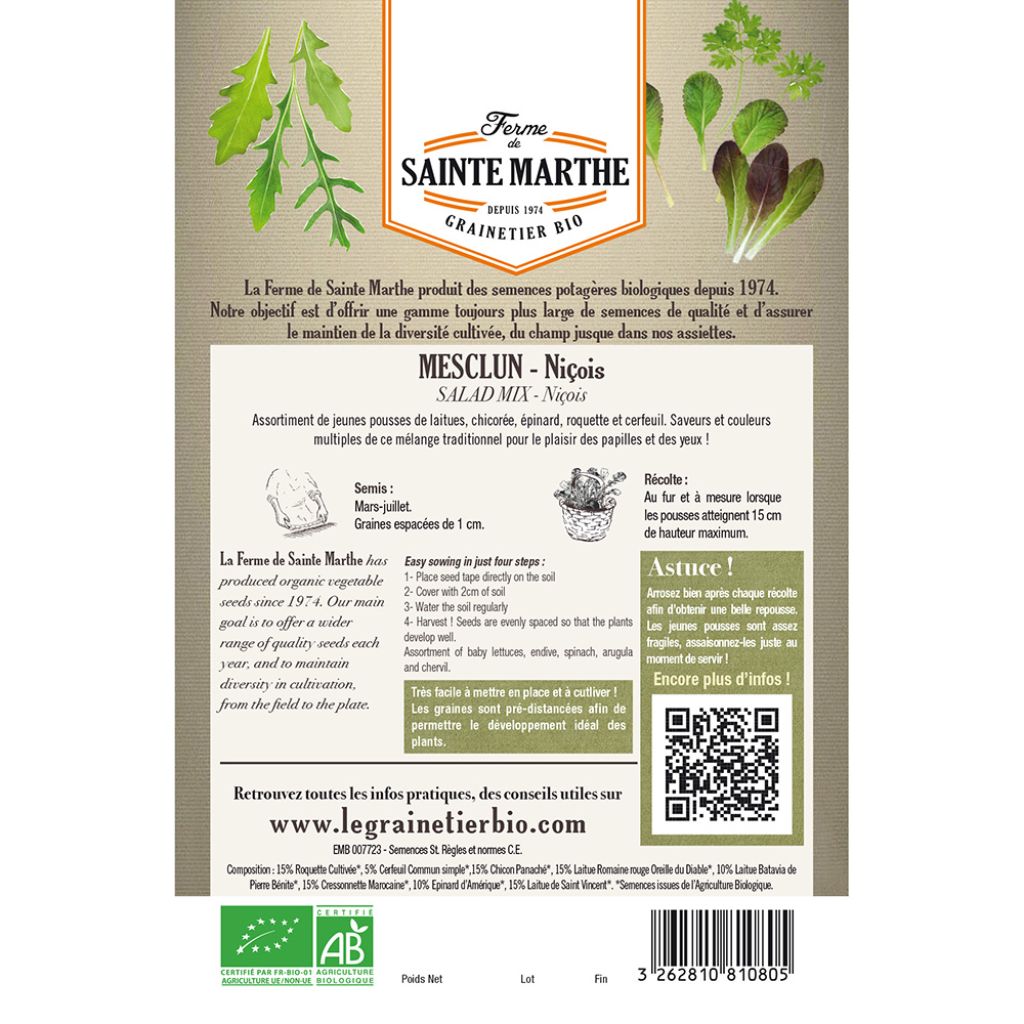

Carte ruban de Mesclun niçois Bio - Ferme de Sainte Marthe
Carte ruban de Mesclun niçois Bio - Ferme de Sainte Marthe seeds
Lactuca Mix 1
Mesclun, Loose leaf lettuce, Salad greens
This item cannot be shipped to the selected country
Dispatch by letter from €3.90
More information
Schedule delivery date,
and select date in basket
This plant carries a 6 months recovery warranty
More information
We guarantee the quality of our plants for a full growing cycle, and will replace at our expense any plant that fails to recover under normal climatic and planting conditions.
Seed-only orders are dispatched by sealed envelope. The delivery charge for seed-only orders is €3.90.
Description
The Niçoise Mesclun is a superb assortment of Lettuces, Chicory, Spinach, Arugula, and Chervil that make up the traditional Provençal mesclun. This mix is sown from March to July for harvesting at the young shoot stage.
This mix is composed of: 15% Cultivated Arugula, 5% Simple Common Chervil, 15% Variegated Chicory, 15% Devil's Ear Red Romaine Lettuce, 10% Pierre Bénite Batavia Lettuce, 15% Moroccan Watercress, 10% American Spinach, 15% Saint Vincent Lettuce. The seeds are from Organic Agriculture and are offered to you in a 3-meter ribbon: the pre-spaced seeds are placed between two very thin layers of biodegradable fibers. This process is very practical, easy to set up, and avoids tedious thinning.
Mesclun, from the Provençal word "mesclum" meaning mixture, is a salad composed of different varieties, at least five for purists, such as Lettuce, Arugula, Corn Salad... Highly appreciated for its wide range of flavors, this little salad is usually harvested at the "young shoot" stage and can be consumed almost all year round, raw or even cooked.
Busy gardeners will appreciate these seed mixes as much as gourmets, as they allow you to obtain a beautiful palette of flavors at a low cost and with just one sowing.
These salads are called "cut and come again" because they usually have the ability to regrow after harvest, as long as you have not harvested the entire plant.
Cultivating these mixes is easy and space-saving, as they can usually be grown in a planter on a balcony or in small spaces like square foot gardens.
Harvesting: these salad mixes are harvested as needed, at the juvenile stage or at maturity. Harvesting is done with a knife and consists of picking the leaves on the periphery of the plant.
Storage: Mesclun can be stored for a few days in the vegetable drawer of the refrigerator, but if possible, consume it freshly picked to enjoy its freshness.
Gardener's tip: Flea beetles, tiny beetles, are fond of the leaves of Arugula, which are often part of Mesclun. They meticulously puncture the leaves in dry and hot weather. While spraying Tansy infusion can limit the damage, installing an insect netting from the moment of sowing remains the most effective method of control while avoiding the use of insecticides, which, even if of natural origin, have consequences on the balance of the garden.
Report an error about the product description
Harvest
Plant habit
Foliage
Botanical data
Lactuca
Mix 1
Mesclun, Loose leaf lettuce, Salad greens
Cultivar or hybrid
Annual
Other Salad leaf seeds
Planting and care
Sowing:
Germination occurs at a temperature of about 16°C and takes an average of 10 days.
Sowing is done from March to July in full sun or partial shade, in moist, fertile, and well-prepared soil.
Directly in open ground during summer or under cover (cold greenhouse, Nantes tunnel, frame) from autumn to late spring, create furrows one centimeter deep, spaced 35 cm apart, and simply place the seed tape in the furrow. Cover with fine soil or compost and water lightly. Keep the soil moist until germination.
This mix can also be grown in pots or in small spaces like square vegetable gardens.
In order to have these lettuces throughout the year or almost, consider spreading out your sowings over time.
Cultivation:
These little lettuces are not very demanding but still require humus-rich soil. It is advisable to apply a moderate amount of well-rotted compost in autumn by hoeing it in to a depth of 5 cm, after having thoroughly loosened the soil as you would for any vegetable crop.
Seedlings
Care
Intended location
This item has not been reviewed yet - be the first to leave a review about it.
Vegetable seeds
Haven't found what you were looking for?
Hardiness is the lowest winter temperature a plant can endure without suffering serious damage or even dying. However, hardiness is affected by location (a sheltered area, such as a patio), protection (winter cover) and soil type (hardiness is improved by well-drained soil).

Photo Sharing Terms & Conditions
In order to encourage gardeners to interact and share their experiences, Promesse de fleurs offers various media enabling content to be uploaded onto its Site - in particular via the ‘Photo sharing’ module.
The User agrees to refrain from:
- Posting any content that is illegal, prejudicial, insulting, racist, inciteful to hatred, revisionist, contrary to public decency, that infringes on privacy or on the privacy rights of third parties, in particular the publicity rights of persons and goods, intellectual property rights, or the right to privacy.
- Submitting content on behalf of a third party;
- Impersonate the identity of a third party and/or publish any personal information about a third party;
In general, the User undertakes to refrain from any unethical behaviour.
All Content (in particular text, comments, files, images, photos, videos, creative works, etc.), which may be subject to property or intellectual property rights, image or other private rights, shall remain the property of the User, subject to the limited rights granted by the terms of the licence granted by Promesse de fleurs as stated below. Users are at liberty to publish or not to publish such Content on the Site, notably via the ‘Photo Sharing’ facility, and accept that this Content shall be made public and freely accessible, notably on the Internet.
Users further acknowledge, undertake to have ,and guarantee that they hold all necessary rights and permissions to publish such material on the Site, in particular with regard to the legislation in force pertaining to any privacy, property, intellectual property, image, or contractual rights, or rights of any other nature. By publishing such Content on the Site, Users acknowledge accepting full liability as publishers of the Content within the meaning of the law, and grant Promesse de fleurs, free of charge, an inclusive, worldwide licence for the said Content for the entire duration of its publication, including all reproduction, representation, up/downloading, displaying, performing, transmission, and storage rights.
Users also grant permission for their name to be linked to the Content and accept that this link may not always be made available.
By engaging in posting material, Users consent to their Content becoming automatically accessible on the Internet, in particular on other sites and/or blogs and/or web pages of the Promesse de fleurs site, including in particular social pages and the Promesse de fleurs catalogue.
Users may secure the removal of entrusted content free of charge by issuing a simple request via our contact form.
The flowering period indicated on our website applies to countries and regions located in USDA zone 8 (France, the United Kingdom, Ireland, the Netherlands, etc.)
It will vary according to where you live:
- In zones 9 to 10 (Italy, Spain, Greece, etc.), flowering will occur about 2 to 4 weeks earlier.
- In zones 6 to 7 (Germany, Poland, Slovenia, and lower mountainous regions), flowering will be delayed by 2 to 3 weeks.
- In zone 5 (Central Europe, Scandinavia), blooming will be delayed by 3 to 5 weeks.
In temperate climates, pruning of spring-flowering shrubs (forsythia, spireas, etc.) should be done just after flowering.
Pruning of summer-flowering shrubs (Indian Lilac, Perovskia, etc.) can be done in winter or spring.
In cold regions as well as with frost-sensitive plants, avoid pruning too early when severe frosts may still occur.
The planting period indicated on our website applies to countries and regions located in USDA zone 8 (France, United Kingdom, Ireland, Netherlands).
It will vary according to where you live:
- In Mediterranean zones (Marseille, Madrid, Milan, etc.), autumn and winter are the best planting periods.
- In continental zones (Strasbourg, Munich, Vienna, etc.), delay planting by 2 to 3 weeks in spring and bring it forward by 2 to 4 weeks in autumn.
- In mountainous regions (the Alps, Pyrenees, Carpathians, etc.), it is best to plant in late spring (May-June) or late summer (August-September).
The harvesting period indicated on our website applies to countries and regions in USDA zone 8 (France, England, Ireland, the Netherlands).
In colder areas (Scandinavia, Poland, Austria...) fruit and vegetable harvests are likely to be delayed by 3-4 weeks.
In warmer areas (Italy, Spain, Greece, etc.), harvesting will probably take place earlier, depending on weather conditions.
The sowing periods indicated on our website apply to countries and regions within USDA Zone 8 (France, UK, Ireland, Netherlands).
In colder areas (Scandinavia, Poland, Austria...), delay any outdoor sowing by 3-4 weeks, or sow under glass.
In warmer climes (Italy, Spain, Greece, etc.), bring outdoor sowing forward by a few weeks.


































